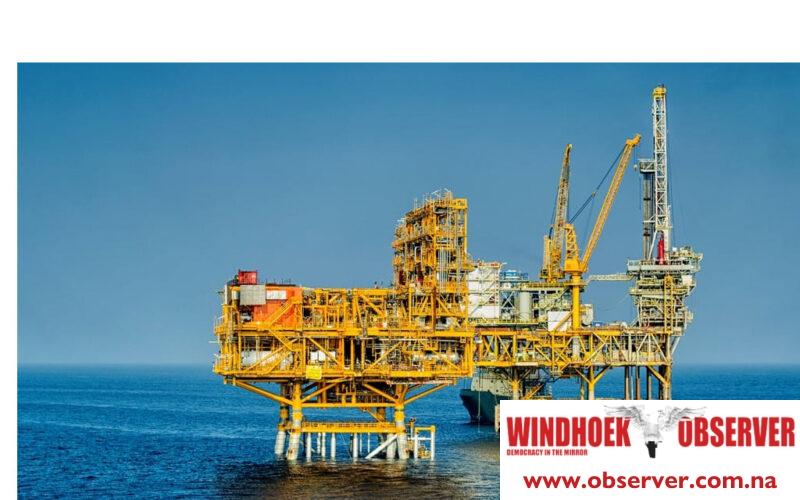Martin Endjala
Namibia Local Business Association (NALOBA) Vice President Peter Amadhila, believes that the continued hike of fuel prices, which proves to be somewhat cumbersome for Namibians due to international oil market prices, its remedy lies within the recent oil discovery in the country.
Amadhila, who was reacting to the recent fuel hike prices announced by the Ministry of Mines and Energy, told this publication that Namibia has no control over the oil prices since these prices are in the hands of Global oil-producing giants.
“If you have noticed, for the past three to four weeks, our country has been experiencing some shortages of petroleum and related products and this will continue for a while resulting in a significant under-recovery. Consequently, due to high demand versus availability, a global price hike occurs and impacts Namibia negatively, “said Amadhila.
He is of the view that going forward, Namibia as a country needs to start up and build up its oil reserves to sustain the country in situations like this, however, he is more hopeful that this will now happen and fall into place with the new oil market discovery, provided that it is implemented effectively to benefit the country and its people.
The Mines and Energy Ministry announced that fuel prices will increase by N$1.90 per litre and diesel will increase by N$2.40 per litre as of 4 October 2023.
While petrol in Walvis Bay will rise by N$22.88 per litre, and diesel will increase by N$22.15 per litre respectively.
With the increase in fuel prices, the ministry has cited the international oil market prices as one of the reasons and since Namibia is subject to international oil markets, it cannot influence decisions.
The disruptions stemming from natural disasters, such as the devastating floods in Libya, also have a notable impact on fuel prices, and Libya is home to Africa’s largest proven oil reserves, sitting at 48 million barrels of oil, representing 39 percent of the continent’s total reserves. Brent crude, a light crude oil recognised as the world benchmark, increased nearly two percent to a high of U$92.38 a barrel for the first time in nearly ten months.
The international oil market continues to set new highs, this reduction in supply not only translates to soaring crude oil prices but also means higher costs for gasoil and gasoline at the pump.
Meanwhile, Fuel prices in other regions of the country will be adjusted accordingly, and to offset the under-recoveries observed in September 2023 on behalf of fuel consumers, the National Energy Fund will absorb the full cost through the fuel equalisation levy.
the Ministry resolved to increase the industry margin for oil wholesalers by 18 cents per litre from 128 cents per litre to 146 cents per litre. It further resolved to increase the dealer margin for service station operators by 20 cents from 163 cents per litre to 183 cents per litre.
The Ministry resolved to offer a temporary 3-month relief margin of 20 cents per litre to the oil wholesalers to try and rescue them from the dire straits that their businesses are facing.
Furthermore, the exchange rate figures for the period of 01-22 September 2023 indicate a 0.84 percent depreciation of the Namibian Dollar against the USD at N$18.9868 per USD (compared to N$18.8280 per USD at the end of August 2023).




